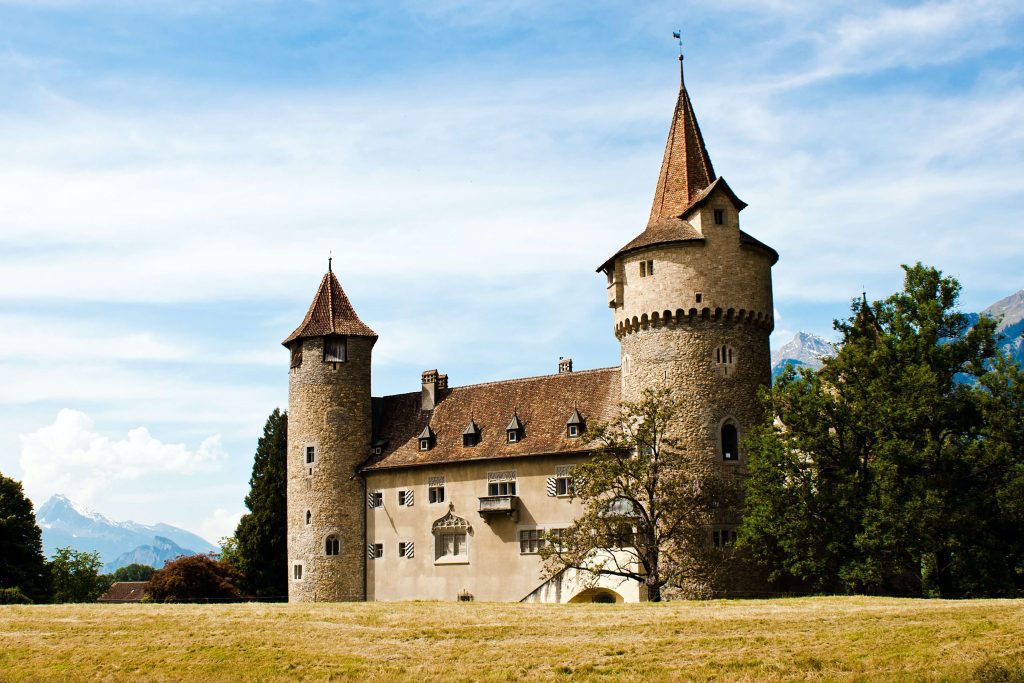Bolsover Castle- A Must-Visit Place In Derbyshire
The stunning county of Derbyshire draws both visitors and residents with its picturesque environment, stately homes, castles, and historical landmarks. The Heights of Abraham, Matlock Bath, the Crich Tramway Museum, and Bolsover Castle are a few of the county’s most visited attractions. In this post, we will go into great detail regarding the Bolsover Castle. So, keep reading it!
On the site of a medieval castle, Bolsover Castle is a fascinating aristocratic retreat from the 17th century. It is located on a ridge above the Vale of Scarsdale. The Riding House is the earliest such structure in England that has survived entirely. Hence, the magnificent “Little Castle” features exceptional wall paintings and interiors. Fountain Garden, Terrace Range, and Tearoom Treats are also not-to-miss things while visiting this marvelous castle.
The Little Castle’s Creation
William Peveril, a knight under William the Conqueror, rebuilt the castle in the late 11th century. But, it had been abandoned around the middle of the 14th century. Its ruins served as the backdrop for the Little Castle, which Sir Charles Cavendish built in 1612 as a getaway from his main residence at Welbeck, which was located a short distance away.
The Little Castle was built to imitate a Norman great tower, which is exactly what it seems like from a distance as it rises sheer from the cliff. The interior supports the idea with pointed Gothic vaults on the entrance floor and massive round Romanesque ones in the basement. Additionally, the large windows on the higher floors provided sweeping views of the surrounding area.
The Role Of William Cavendish at Bolsover Castle
- Bolsover was a magnificent setting for banquets and feasts. It developed into a location for opulent entertainment and a variety of hip cultural activities. By the time Charles Cavendish died in 1617, most of the structure had already been finished. His son William, a playboy, poet, and future 1st Duke of Newcastle acquired the Little Castle and worked with the architect John Smythson to finish the interiors.
- William also erected the impressive Terrace Range, which currently stands as a dramatic shell without a roof and overlooks the Vale of Scarsdale. To celebrate his success, he welcomed Charles I and Queen Henrietta Maria to his home in 1634. Ben Jonson’s masque, Love’s Welcome, was presented in the Fountain Garden to commemorate the event.
- William fought with the Royalists during the Civil War, but he was exiled after losing in the Battle of Marston Moor in 1644. William met his wife, Margaret, while he was in exile. Margaret had gone to Paris to serve as Queen Henrietta Maria’s maid of honor.
- In 1660, when the Cavendish family arrived back in England, William and Margaret started to rebuild their properties. They reconstructed the state wall in the Terrace Range at Bolsover. And then, they constructed the vast Riding House Range with a spectacular roof and viewing galleries. One of the earliest complete English buildings still standing today, The Riding House is significant to British equestrianism. Here, William could indulge his love of raising magnificent horses for regal dressage.

Artwork On The Walls At Bolsover
- Wall murals are unusual survivors from the early 17th century and elaborately painted in numerous rooms throughout the Little Castle at Bolsover. All of the painted designs throughout the structure were finished during Sir William’s reign, albeit the original artists are unknown; the Heaven and Elysium Closets have two especially beautiful examples. Only the most fortunate would have been invited into these little apartments, which were exceedingly exclusive and opened off William Cavendish’s bed chamber.
- Angels surround the ascending figure of Christ in a painting of the Ascension from 1619 that hangs from the ceiling of the Heaven Closet. Cherubim on the walls hold instruments from the Passion. Despite William’s claimed ambivalence regarding religion, the topic’s Catholic connotations suggest that William’s travels across the continent served as inspiration.
- The Elysium Closet, probably used for private social gatherings, has a frieze that features several Roman deities. Some of them include Mercury, the messenger god with his winged hat, Minerva (the goddess of wisdom), holding her owl, and Bacchus (the god of wine- symbolisation of liberation and fertility).
- English Heritage has just started an initiative called “Save our Story.” It aims to save the numerous wall paintings under the department’s care and guard against the possibility of their eventual loss.
Visit The Castle
English Heritage has been taking care of the castle since 1984. In addition, the Fountain Garden, which features the Venus Fountain as its focal point, has been replanted with historical flora. The team of English Heritage recently repaired the parapets on the wall walk, offering great views over the surrounding area. At Bolsover Castle, horses are once more a common sight.
So, if you want to visit this amazing place, start looking for the greatest deals online.